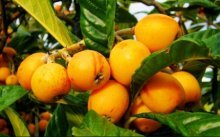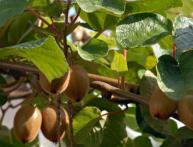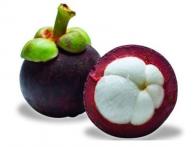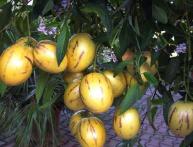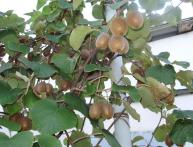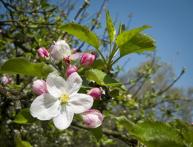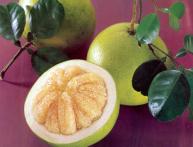What is medlar and how does it grow, medlar beneficial properties and harm
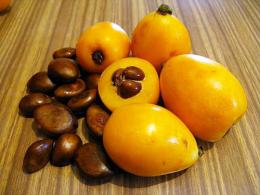
Hearing the name medlar, the tales of Scheherazade and various oriental sweets come to mind. In fact, medlar is a plant that has been grown as an ornamental plant in most countries for a long time, but is now a recognized edible fruit plant. What does loquat look like and where does it grow? Is it possible to eat its fruits and what are they in? benefit and harm?
Content:
- German medlar, brief description
- Loquat or Japanese medlar, description
- Benefits and harms of medlar fruits, leaves, flowers
German medlar, brief description
There are two different types of plants called medlar - the Germanic and the Japanese or loquat. Both species, although they belong to the same family, are representatives of different genera. German medlar - belongs to the genus Medlar, from the Rosaceae family. Deciduous plant, tree or shrub. Brought to Germany from southwestern Asia. Grows in warm climates with mild winters. Found in Crimea, the Caucasus, and southern Europe. It was grown in Azerbaijan several centuries BC. But gradually, in the 17th and 18th centuries, they began to be replaced by other plants and their popularity decreased somewhat.
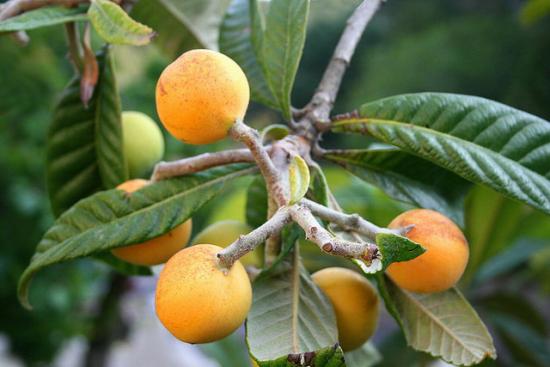
Under favorable conditions in height tree grows up to eight meters. The branches are prickly. The leaves are oval-oblong, their length reaches 15 cm, width - up to 4 cm.The leaves remain green all summer, and turn red in the fall. German medlar blooms in the second half of May. The flowers are white, five-petaled, with red stamens. In place of the flowers, round brown fruits with a diameter of 1.5 to 3 cm are formed. In cultivated varieties of the plant, the fruits can reach five cm in diameter. There are four large seeds inside the fruit. If you try to eat them immediately after ripening, it may seem that they are inedible, since their flesh is very tart and hard.
We must wait until frost hits and only then harvest the trees. The pulp becomes soft, jelly-like and sweet and sour; like a pear, it contains hard, stony cells.
Considering that the German medlar grows in areas with a fairly mild climate, you don’t have to wait for frost there; you will have to remove the fruits and, after collecting, place them in a strong salt solution. Store all this in a cool place for several weeks and only then eat it. After such ripening, the taste of the fruits of the German medlar is a little reminiscent of applesauce and they themselves significantly decrease in size and become wrinkled. The fruits of the medlar can be eaten fresh, but most often it is used in the confectionery industry. The German medlar is the only species of the genus Medlar, however, there is another plant with the same name - medlar Japanese/
Loquat or Japanese medlar, description
Japanese medlar or loquat is an evergreen plant of the genus Eriobothrya, from the subfamily Appleaceae, part of the Rosaceae family. This genus includes about 30 plant species. The plant was first described in detail by the Swedish botanist K. P. Thunberg in the book “Flora of Japan” (1784).Loqua has very large leaves. They reach up to 25 cm in length and up to 8 cm in width. The leaf blades are green on top, hard leathery, slightly brownish and pubescent below.
Medlar grows in warm climates in China and Japan. Blooms in October. The flowers are white, cream with a strong pleasant aroma. Several dozen pieces are collected at the tops of shoots. The fruits ripen by May - June. In European climates it blooms in spring, the fruits ripen by October. They are quite large, slightly elongated, up to 8 cm in length and up to 4 cm in diameter. The color is bright yellow or orange. They are located on the branches in groups of 10 - 12 pieces. Each fruit contains seeds, the usual number of them is from 1 to 5 pieces. It is worth noting that from the ground seeds of Eriobothria japonica you can brew a drink that tastes very similar to coffee.
Immediately after harvesting, medlar is eaten. Currently, it is grown not only in Asian countries, but also in southern Europe, Transcaucasia, it has become especially popular in Israel, where it is called shesek, in Spain it is known as nispero. Recently, scientists have been paying a lot of attention to the beneficial and medicinal properties of the fruits of the Japanese medlar.
Benefits and harms of medlar fruits, leaves, flowers
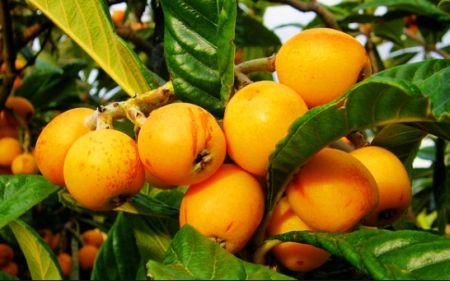
The benefits of Japanese medlar are due to its low calorie content and high content of nutrients. It contains vitamins:
- TO
- E
- carotene
- beta carotene
- Group B
macro- and microelements:
- iodine
- iron
- potassium
- phosphorus
- calcium
- magnesium
Loquat is used for kidney dysfunction; when consumed fresh, it acts as a diuretic. It is able to remove not only excess liquid, but also toxins, while simultaneously replenishing the content of useful substances.The fruits of Eriobothria japonica have a positive effect on visual acuity due to the content of carotene and beta-carotene, which are converted into vitamin A. Potassium contained in medlar stabilizes the functioning of the heart and blood vessels.
In addition to the fruit, other parts of the plant are used. For lung diseases, you can prepare a decoction of the flowers. It acts as both an anti-inflammatory and an expectorant. It is recommended for asthma, coughs of various natures, and chronic bronchitis. An aqueous infusion of leaves is used for stomach and intestinal disorders, diarrhea. It can be drunk for various intoxications and poisonings. Recently, substances that inhibit the growth of cancer cells have been isolated from Japanese medlar.
Harm of the Japanese medlar
In addition to the benefits, the fruits and other parts of the Japanese medlar can cause some harm body. This is primarily due to the content of cyanide substances. Although their quantity is miniscule and they cannot cause poisoning, headaches may still occur if you stay near the plant for a long time. Individual intolerance to various parts of the plant is possible. But if you come across these interesting fruits on sale, it’s worth purchasing them and evaluating their taste and benefits.
Video about Japanese medlar:
Interesting information about the vegetable garden


